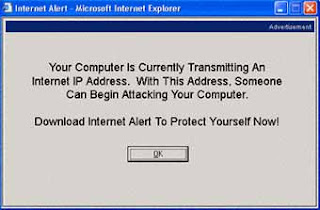Wogalter notes that companies and other credible entities may want to incorporate additional unique features into the real messages to allow people to differentiate between genuine warning messages and fake popups. However, he says, "I don't know if you could develop a legitimate message that could not be duplicated and used illegitimately."
Wogalter says the results of the study highlight the need to educate Internet users to be cautious. "Be suspicious when things pop up," Wogalter says. "Don't click OK – close the box instead." ###
The study was published Sept. 22 in Proceedings of Human Factors and Ergonomics Society.
Note to editors: The study abstract follows.
"Failure to Recognize Fake Internet Popup Warning Messages"
Authors: David Sharek, Cameron Swofford and Michael Wogalter, North Carolina State University.
Published: Sept. 22 in Proceedings of Human Factors and Ergonomics Society
Abstract: "Warning, your computer is infected with spyware. Windows needs to download and install the anti-spyware updates to remedy this issue. Click OK to begin." This is just one example of many popup warnings that spyware and malware creators use to try to mislead unsuspecting Internet users into downloading potentially harmful software. Falling prey to an illegitimate message could produce negative consequences that vary from bothersome computer performance to complete system failure. The purpose of this study was to determine which visual design cues, if any, would alert people to the illegitimacy of fake popup warning windows while browsing the Internet. Results indicated that most people did not behave in a cautious manner upon presentation of three different fake popup warning windows. Implications of the research are discussed.
Contact: Matt Shipman matt_shipman@ncsu.edu 919-515-3470 North Carolina State University















No comments:
Post a Comment